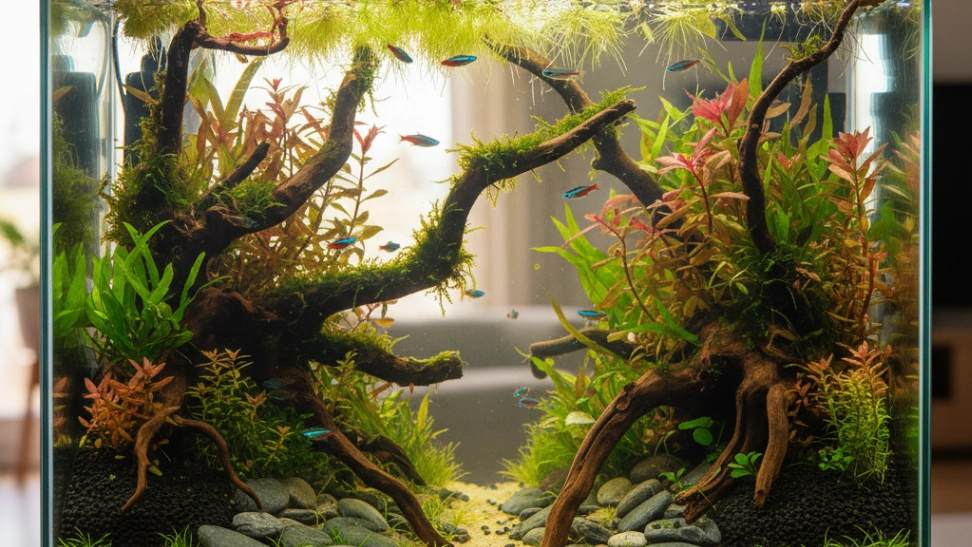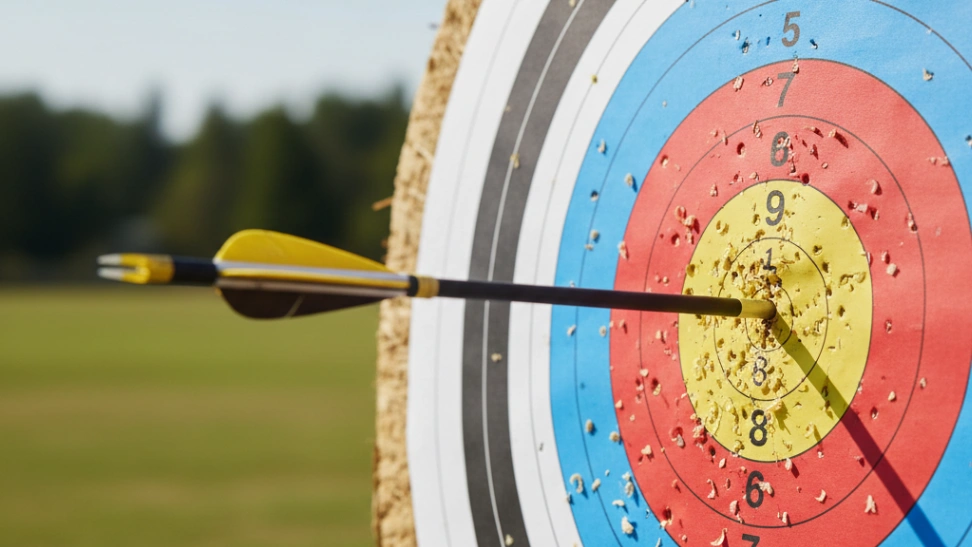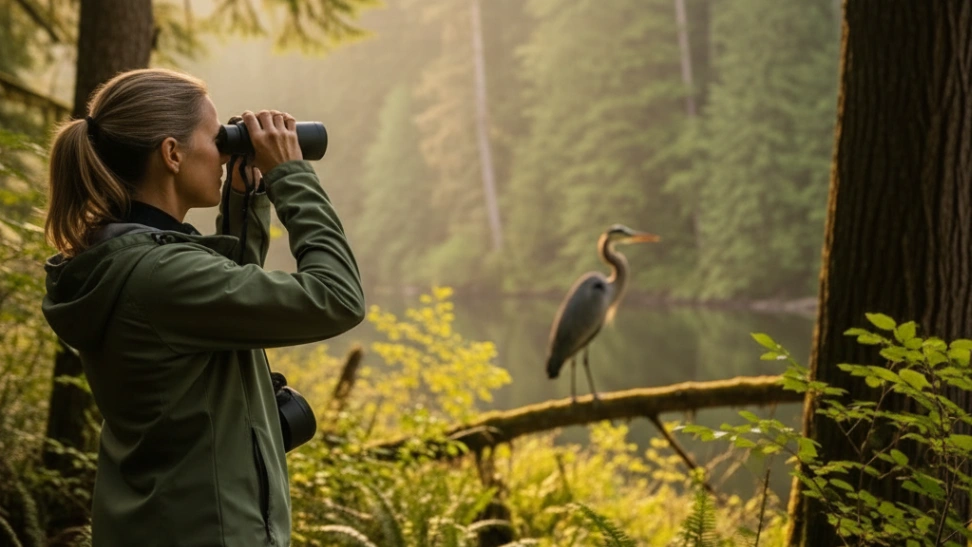Is This Hobby For You?
Ideal for patient, detail-oriented individuals who enjoy combining art with biological science to create living masterpieces.
Why You'll Love It
- Offers a highly meditative and relaxing creative outlet.
- Creates a stunning, dynamic piece of living art for your home.
- Fosters a deep understanding of aquatic ecosystems and horticulture.
Good to Know Before You Start
- Can be a significant initial and ongoing financial investment.
- Requires consistent maintenance and attention to detail.
- Has a steep learning curve involving complex biological and chemical principles.
Hobby Traits
How the community rates this hobby.
Getting Started: The Essentials
The basic requirements to begin your journey with Aquascaping.
Startup Cost
$400
Community-voted average
Ongoing Cost
Low
Monthly upkeep estimate
Essential Gear
Aquarium Tank
A glass or acrylic tank, typically 10-20 gallons to start, providing the canvas for your aquascape.
Aquarium Filter
Essential for maintaining water quality and clarity, preventing harmful ammonia and nitrite buildup.
Aquarium Light
Specialized LED lighting that provides the necessary spectrum and intensity for aquatic plant growth.
Aquatic Substrate
Nutrient-rich soil specifically designed for aquatic plants to root and thrive.
Hardscape Materials
Rocks (e.g., Seiryu Stone, Dragon Stone) and driftwood (e.g., Manzanita, Spider Wood) to create the structural layout.
Aquatic Plants
A selection of live aquatic plants (foreground, midground, background) to create greenery and depth.
Aquascaping Tools
Long-handled tweezers, scissors, and spatulas for precise planting, trimming, and substrate shaping.
Learning Curve
Overall Difficulty: Easy
Associated Skills
Skills you can expect to develop while pursuing this hobby.
A Closer Look at the Traits
Purely Indoors
Best enjoyed in the comfort of your own home or a dedicated indoor space.
Very Calm
A deeply relaxing and meditative activity with minimal physical effort.
Purely for Fun
Pursued purely for enjoyment, relaxation, and the fun of the activity itself.
Very Mental
A mentally stimulating activity that challenges your mind, strategy, and focus.
Purely Creative
A highly creative and expressive outlet for your imagination and artistic side.
Very Solo
A deeply personal and solitary activity, perfect for quiet time and introspection.
Frequently Asked Questions
Similar Hobbies
Hobby Traits
How the community rates this hobby.



